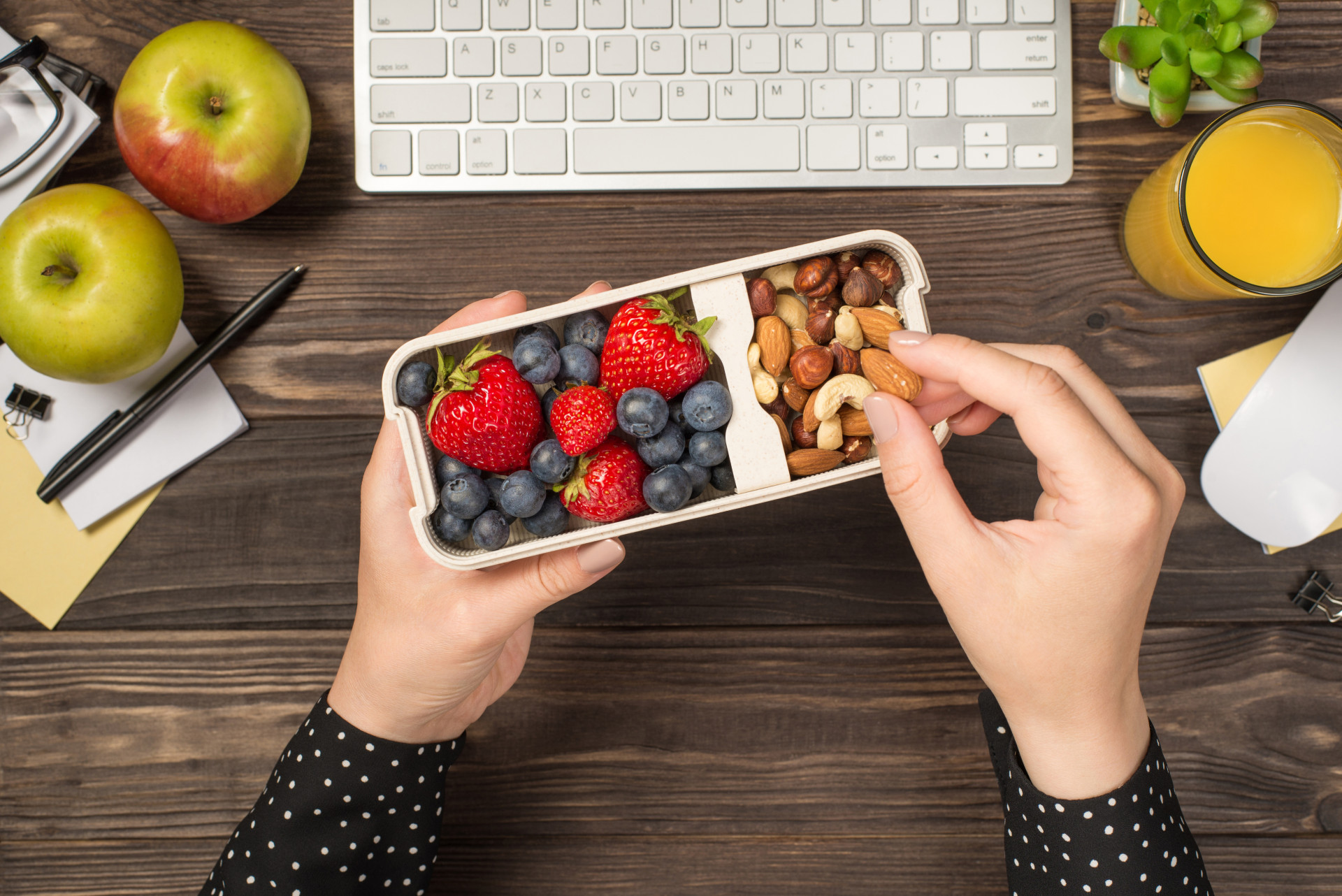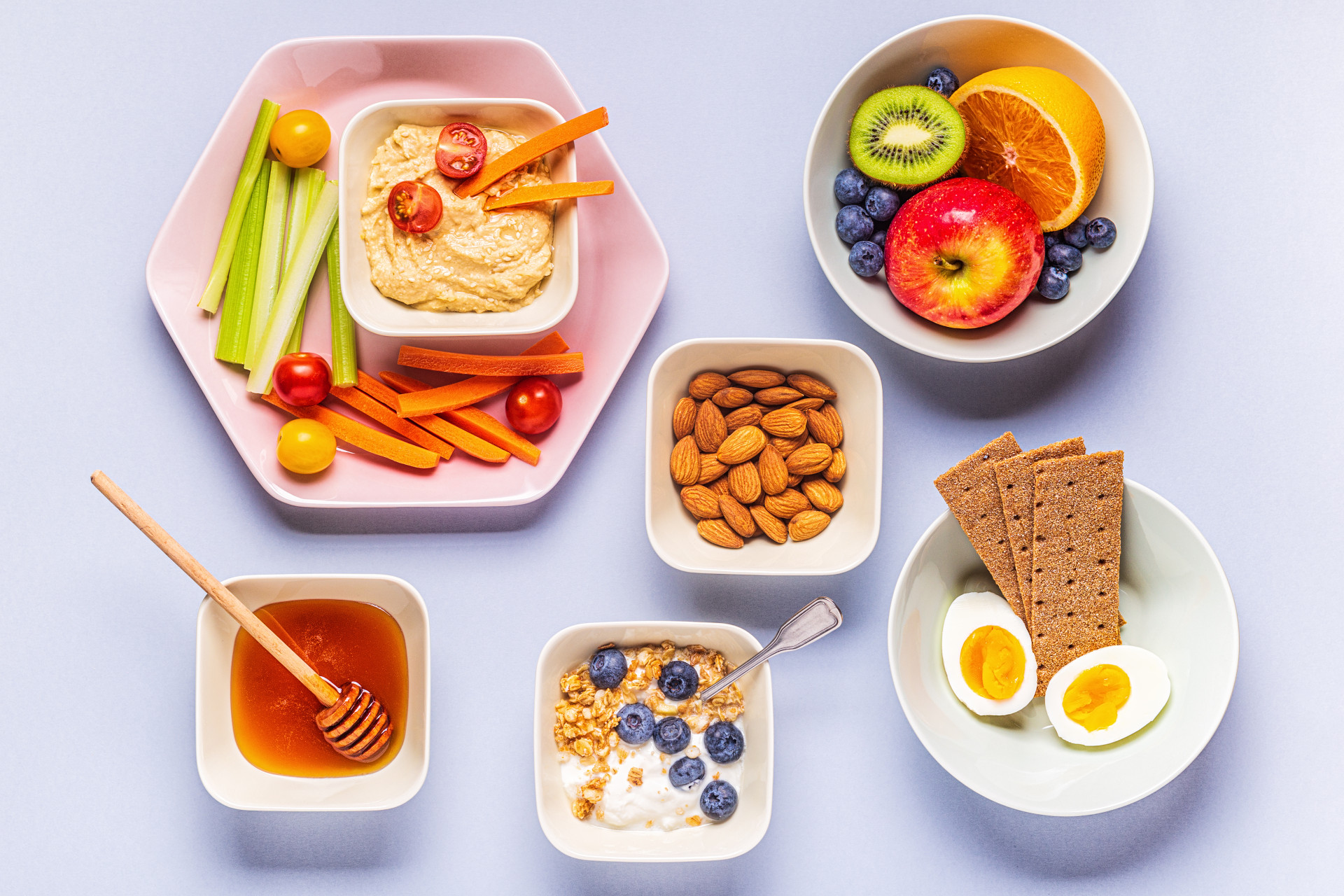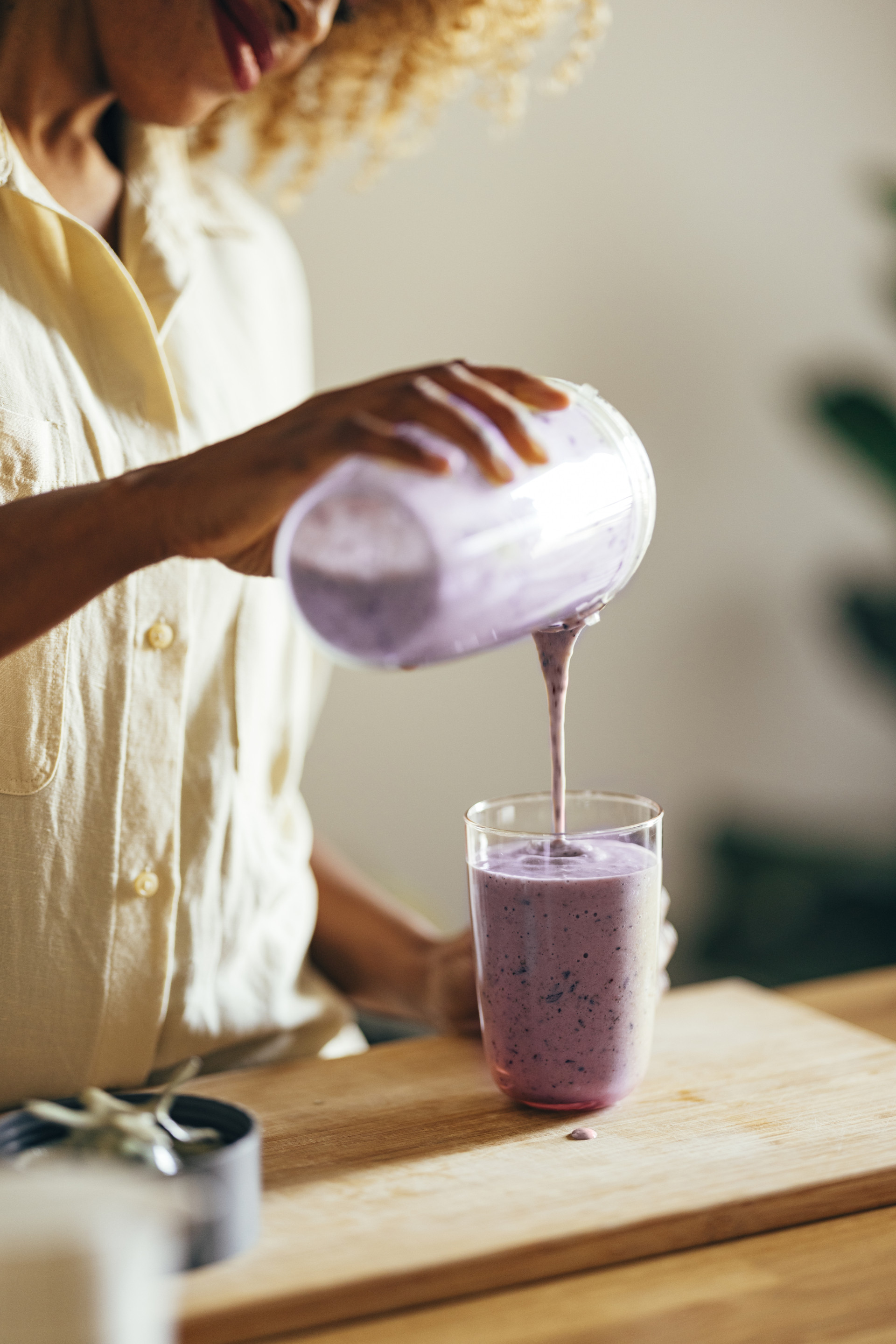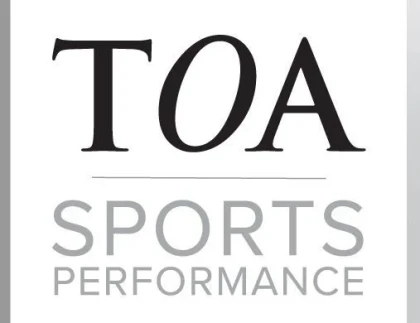Media Center
Best Snacks to Support Strength and Recovery After Injury
Why What You Eat Between Meals Can Make a Big Difference
Nutrition plays a foundational role in recovery. While meals often receive the spotlight, what you eat between meals—your snacks—can significantly influence how well and how quickly your body heals. Whether you’re recovering from orthopedic surgery, managing an injury like a tendon or ligament strain, or progressing through physical therapy, the right snacks can help you preserve muscle, repair damaged tissues, and reduce inflammation.
In this guide, we’ll cover why snacks matter during injury recovery and which options provide the most benefit when strength, healing, and functional recovery are the goal.
Why Snacking Matters During Recovery

Injury and post-surgical recovery are metabolically demanding processes. Even when you're less active, your body ramps up its internal repair systems, requiring additional calories, protein, and micronutrients to rebuild muscle, restore tissue integrity, and support immune function. Unfortunately, pain, medication side effects, or weight loss medications often make it difficult to meet these nutritional needs through meals alone.
Strategic snacking can help:
- Meet increased protein requirements for tissue repair and muscle maintenance
- Prevent muscle atrophy, especially if mobility is reduced
- Provide anti-inflammatory compounds to support joint health and healing
- Maintain steady energy levels to optimize participation in physical therapy
What Makes a Good Recovery Snack?
An effective recovery snack should include several key components:
- Protein (10–20 grams per snack): Promotes muscle protein synthesis, supports wound healing, and reduces loss of lean mass.
- Carbohydrates: Helps refuel muscles, supports protein absorption, and restores glycogen stores depleted during therapy sessions.
- Anti-inflammatory ingredients: Nutrients like omega-3s, antioxidants (vitamin C, E), and phytonutrients can help modulate the inflammatory response that occurs during injury recovery.
- Hydrating and fiber-rich elements: Especially important for those experiencing constipation from medications or reduced mobility.
Snacks should be timed strategically and built to satisfy both nutritional demands and individual appetite fluctuations.
Top Snack Options to Support Strength and Healing

Below are ten practical, evidence-informed snack ideas designed to fuel recovery, maintain strength, and support healing.
1. Greek Yogurt with Berries and a Drizzle of Honey
Why it works: Greek yogurt is rich in casein and whey protein, supporting sustained muscle repair. Berries add antioxidants that combat oxidative stress, while honey offers a quick energy source.
Optional additions: Ground flaxseed, chia seeds, or a handful of granola for fiber and omega-3s.
2. Cottage Cheese with Pineapple or Peaches
Why it works: Cottage cheese offers slow-digesting protein (casein), ideal for prolonged muscle support. Pineapple contains bromelain, a natural enzyme with anti-inflammatory effects.
3. Hard-Boiled Eggs with Whole-Grain Crackers
Why it works: Eggs provide complete protein and important micronutrients like vitamin D and choline. Whole-grain crackers add fiber and energy-sustaining carbohydrates.
4. Protein Smoothie

Why it works: An excellent option for those with reduced appetite. Blending protein powder with milk or a plant-based alternative, fruit, greens, and nut butter delivers a balanced, easy-to-consume nutrient package.
Tip: Add collagen peptides and a source of vitamin C (like strawberries or oranges) to support tendon and ligament healing.
5. Nut Butter and Apple Slices
Why it works: The combination of healthy fats, protein, and natural sugars provides lasting energy. Almond or cashew butter offers a slight anti-inflammatory advantage over peanut butter.
6. Tuna or Chicken Salad with Whole-Grain Crackers or Cucumber Slices
Why it works: Lean animal protein supports healing, while omega-3s in tuna may help reduce inflammation.
Optional additions: Greek yogurt instead of mayo for a higher-protein, lower-fat option.
7. Homemade Trail Mix
Why it works: A concentrated source of calories, protein, and micronutrients.
Build your own: Combine raw nuts, seeds, dried fruit, and a sprinkle of dark chocolate or coconut flakes. Avoid pre-packaged versions with added sugars or oils.
8. Hummus with Raw Vegetables or Pita Bread
Why it works: Chickpeas offer plant-based protein, iron, and fiber. Pairing with red bell pepper or carrots adds vitamin C and additional antioxidants to support tissue repair.
9. Edamame with Sea Salt or Chili Flakes
Why it works: High in plant-based protein and fiber, edamame also provides magnesium, which supports muscle function and relaxation.
10. Cheese Stick with a Piece of Fruit
Why it works: A quick, portable option that balances protein, fat, and carbohydrates for energy and muscle support.
When to Snack for Optimal Recovery
Timing matters. Strategic snacking can maximize your recovery and support your physical therapy progress. Consider these optimal times:
- Mid-morning and mid-afternoon: To prevent catabolism and stabilize blood sugar between meals
- After physical therapy sessions: To replenish glycogen and stimulate muscle recovery
- Before bed: A protein-rich snack (such as cottage cheese or a protein shake) can enhance overnight tissue repair and preserve lean mass
What to Do If You Have a Low Appetite
It’s common to experience decreased hunger while healing, especially if you’re taking medications that affect appetite or digestion. However, it’s still essential to meet your protein and calorie goals.
Strategies for low appetite:
- Choose calorie-dense, high-protein snacks, like smoothies, Greek yogurt, or trail mix
- Eat smaller, more frequent snacks rather than relying on large meals
- Keep nutrient-dense foods visible and convenient, such as pre-cut fruit, single-serve cheese, or protein bars
- Prioritize liquid nutrition, smaller portions, and softer foods that are easier to tolerate.
Takeaway
Just because you may be moving less doesn’t necessarily mean you need to eat less. Choosing the right snacks throughout the day can accelerate healing, reduce muscle loss, and support your performance in physical therapy. If you’re unsure where to start or you’re facing challenges with appetite or food tolerance, working with a registered dietitian can help you customize a plan that supports your recovery and your goals.
Need Personalized Nutrition Support?
Contact our dietitians to schedule a consultation!
WEBSITE: www.toa.com/nutrition-services
EMAIL: NutritionTeam@TOA.com








